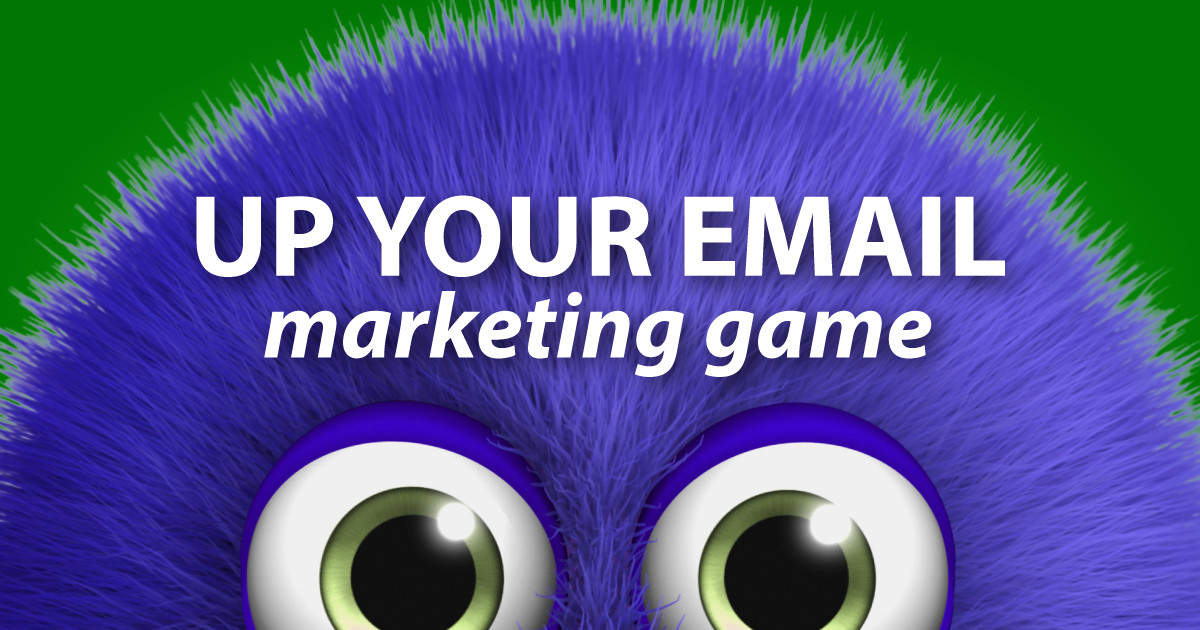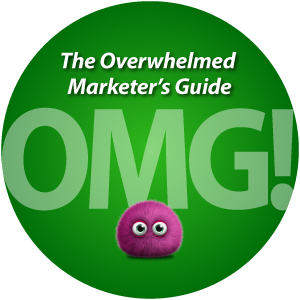
Email Marketing – The Overwhelmed Marketer’s Guide (OMG!)
If marketing is part of your job, it’s almost a guarantee that you’re working with some kind of email marketing software. There’s also a good chance that someone other than yourself decided which platform to use, and at best you received a crash course in how it works. Let’s try to fix that.
MailChimp, Constant Contact, ActiveCampaign, MailerLite. And then there’s Hubspot, Salesforce and Zoho which have their own email software. There are even CU-specific platforms like CoreIQ, Prisma, etc. that can integrate core data for marketing and follow-up. There are just too many email marketing platforms to give a comprehensive guide, but there are some elements they all share.
Let’s take a look at two essential email marketing functions, segmentation and automation. We’ll cover what they are and how you can use them to up your email marketing game.
Smart segments improve accuracy and efficiency
Just to keep everyone on the same page, segmentation is the process of dividing your email list into smaller groups based on core criteria. Pairing this with a solid marketing strategy leaves you with streamlined, smaller lists that closely resemble each of your marketing personas.
In other words, carefully-crafted segments let you target the members who will be most interested in your campaign.
From there, the benefits start stacking up. You’ll see better open rates and less unsubscribes. You can comfortably experiment with A/B testing, sending emails at different times, and personalized headlines. You’ll get cleaner, more trustworthy data, all because you know it’s coming from the right people.
While it changes from platform to platform, the segmentation tools are usually found somewhere within the “Contacts” or “Contact List” navigation tabs. Your platform should make the process easy, but there’s no promise that it will be. More on that below. Just don’t forget that segmentation works best with a solid marketing strategy. You need to know what type of person you’re targeting to efficiently refine your lists.
Targeted automation smooths out the wrinkles
Automation is all the rage in email marketing for good reason, but the way it gets talked about can make it feel like a meaningless buzzword. The reason for this is that email automation is touted as if it’s a hands-off, all-singing all-dancing solution for your email marketing needs.
Experienced marketers know that automation is like any other marketing tool: you put garbage in, you get garbage out. But it’s not all hyperbole–email automation is incredibly powerful when you create your marketing flow intentionally and strategically.
The unfortunate truth is that despite the name “automation,” these tools are way more effective when you’re hands-on. There might be some elements such as a ‘welcome’ email that likely won’t need to be updated for each new flow, but even those will likely need attention every so often. Overall, you’ll get better results from monitoring, developing and iterating on the process. Not so much if you’re just sitting on your laurels.
Automation usually has its own tab in the platform’s navigation bar. Like creating segments, building your automated marketing flow is going to require more time up-front, but should save you a lot of time further down the line. Once your flow is set up you can relax a little, but you should quickly be ready to monitor the whole process to make sure it’s working. All that work won’t pay off if the recipient drops out halfway through and you can’t figure out why.
Easy is everything
Can’t decide which platform to try? It’s understandable to feel overwhelmed. You just have much better targeting and tracking with the core-integrated platforms, and many can coordinate other marketing channels. But if you’re smart and focused, you can get a lot of bang for the buck, and learn a lot, from using a cheap general-purpose email platform, and move up to the big leagues when you’re ready.
There’s no definitive answer as to which software is best. It’s worth shopping around if you can, because all software is not created equal. Some developers make mind-boggling choices with their interface, quite frankly, and you might find these necessary tools feel nigh-unusable. The good news is that you’re spoiled for choice.
So, look for something that you find intuitive and easy to manage. You should easily be able to tag and segment contacts into smaller, more functional lists. Many platforms offer a click-and-drag interface for automation that helps you visualize your flow. And perhaps most importantly, make sure the platform provides you with clear, actionable data you can use to refine your process.
And while we’re talking ‘easy,’ don’t forget the K.I.S.S. rule (Keep It Simple… you know.) Keep your targets relatively simple and your goals clear and few in number. The biggest mistake is in trying to do too much at once. You don’t want to overwhelm members, and you need to be able to keep up with results. Start with maybe three things, and build from there.
Decided on a platform, but now what?
Once you get started with a new email marketing platform, we see a lot of the “now what?” problem. As in, “What do I actually send people?” We have advice for that too: Don’t use canned stuff, keep it high-quality and on-brand, and coordinate and re-use. And if you need help with email marketing, finding a usable platform, or feeding the content beast, don’t hesitate to reach out.
- In Case You Missed It – 3.12.25 - March 11, 2025
- Three young members you can help in 2025 - January 14, 2025
- Have you thanked your website lately? - November 19, 2024

